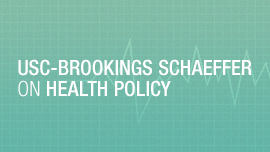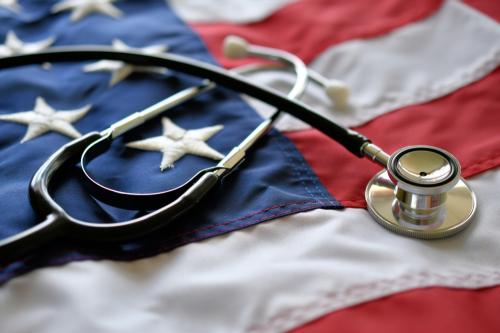Patients expect and deserve to be treated with safe, effective, and up to date medicine. For clinicians to deliver this level of care, we need easy access to evidence about the safety and efficacy of the therapies we prescribe or perform. While there are a broad range of efforts to better understand the potential benefits and risks of prescription drugs, (Sentinel) no such initiative exists for medical devices.
For the majority of medical devices, there is little to no data on the reliability, quality, or effectiveness of that device after it is released on to the market. Information gathered during the clinical trial stage is extremely useful; however, it often fails to answer many potential treatment and clinical use questions that arise, as a new medical device is widely available for patient use.
In a recent report, the Center for Health Policy at Brookings along with the Food and Drug Administration (FDA), patient, industry, payer, and clinician representatives outlined how to build a national system that captures this information about devices as they are being used in the real world—also called a “medical device postmarket surveillance system”.
Benefits to Clinicians
The main priority for this system should be to improve safety surveillance and evaluation of medical devices after their release onto the market. However, the impact of this system will extend beyond safety into efficacy meaning how well a device works. Currently, efficacy is only evaluated in clinical trials with small “ideal” patient populations and carefully trained clinicians. They are unable to provide information about how the device works once it is accessible to the broad population and used by a variety of clinicians. This information or “real-world evidence” will allow us to evaluate important questions such as the quality of the device, short and long term outcomes, comparative effectiveness across devices of the same type, and how the devices work in subpopulations such as age, gender, or race.
Current Challenges for Physicians
Clinicians and patients alike are excited about this concept and its ability to improve the safety and quality of their medical devices. However, in order for a postmarket surveillance system to be successful it will have to address the significant challenges clinicians may face.
Clinicians’ days are filled with charting and administrative activities rather than caring for their patients. The average physician spends as little as four minutes and typically between eight to fifteen minutes with a patient during an appointment– a significant decrease compared to the past—and approximately 80 percent say they feel overextended with their current practice as a result. Furthermore, known safety and effectiveness evidence on current devices is difficult to find as it is scattered across peer-reviewed journals, conferences, society guidelines and FDA recalls.
Challenges Ahead
One of the benefits of a surveillance system will be providing new safety and efficacy information that can be discussed with the patient in order to encourage shared medical decision making. However, these conversations require a physician’s time, which is already limited, and would be further reduced by placing data entry demands on providers.
Minimize clinician data reporting. If the system is to be successful, it will be necessary to identify ways for physicians to help gather without overburdening workflow with administrative data entry. Likely, it will require leveraging new data informatics and workflow technology to automate data collection and reduce manual and/or multiple data entry points. It is also possible to explore alternative payment models focused on outcomes as incentives for clinician participation.
More effective communication of new evidence. To affect clinical decision-making the new evidence must be presented in real time, in an easy to access format, and in a way is linked to clinicians’ workflow. If it is incorporated into the workflow, it will enhance clinician-patient conversations and decisions at the point of care, encouraging shared decision-making.
While we are in the era of evidence-based medicine, we still lack the tools to answer fundamental medical questions. Given all the advances in technology, there is no better time to work together to streamline the collection of postmarket data and provide clear and useful information about medical devices to patients and clinicians.
The Brookings Institution is committed to quality, independence, and impact.
We are supported by a diverse array of funders. In line with our values and policies, each Brookings publication represents the sole views of its author(s).




Commentary
A clinician’s perspective: The value of medical device surveillance
May 13, 2015